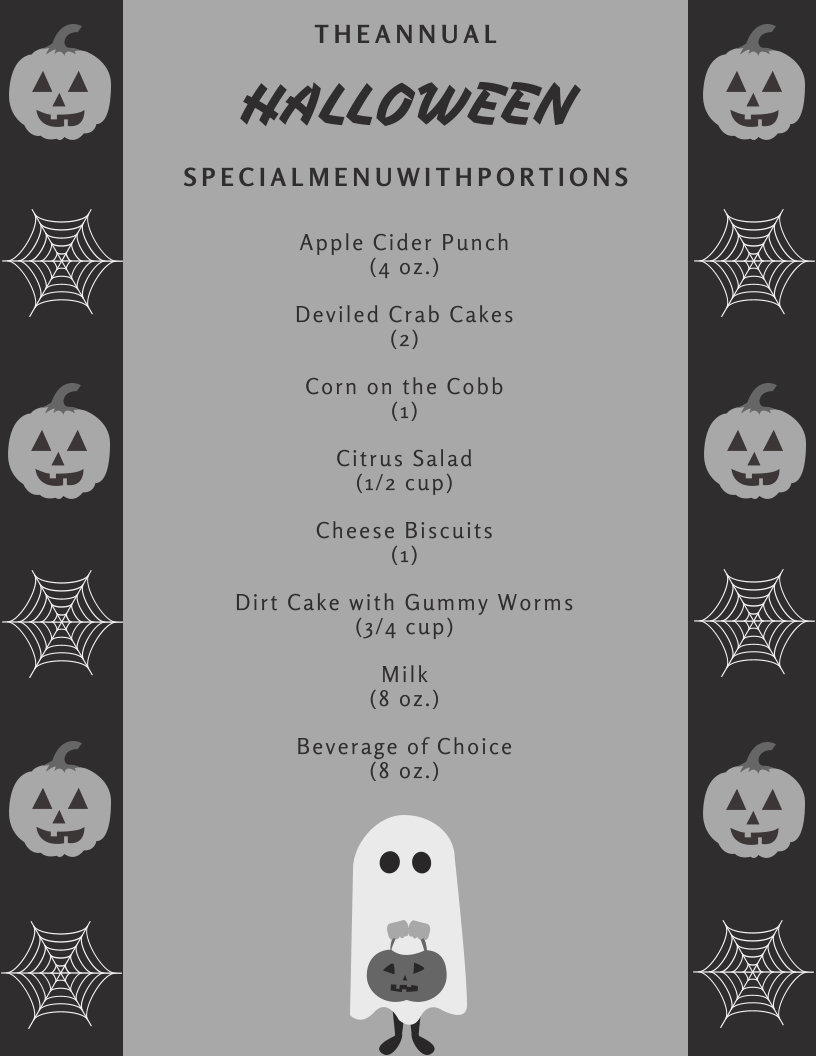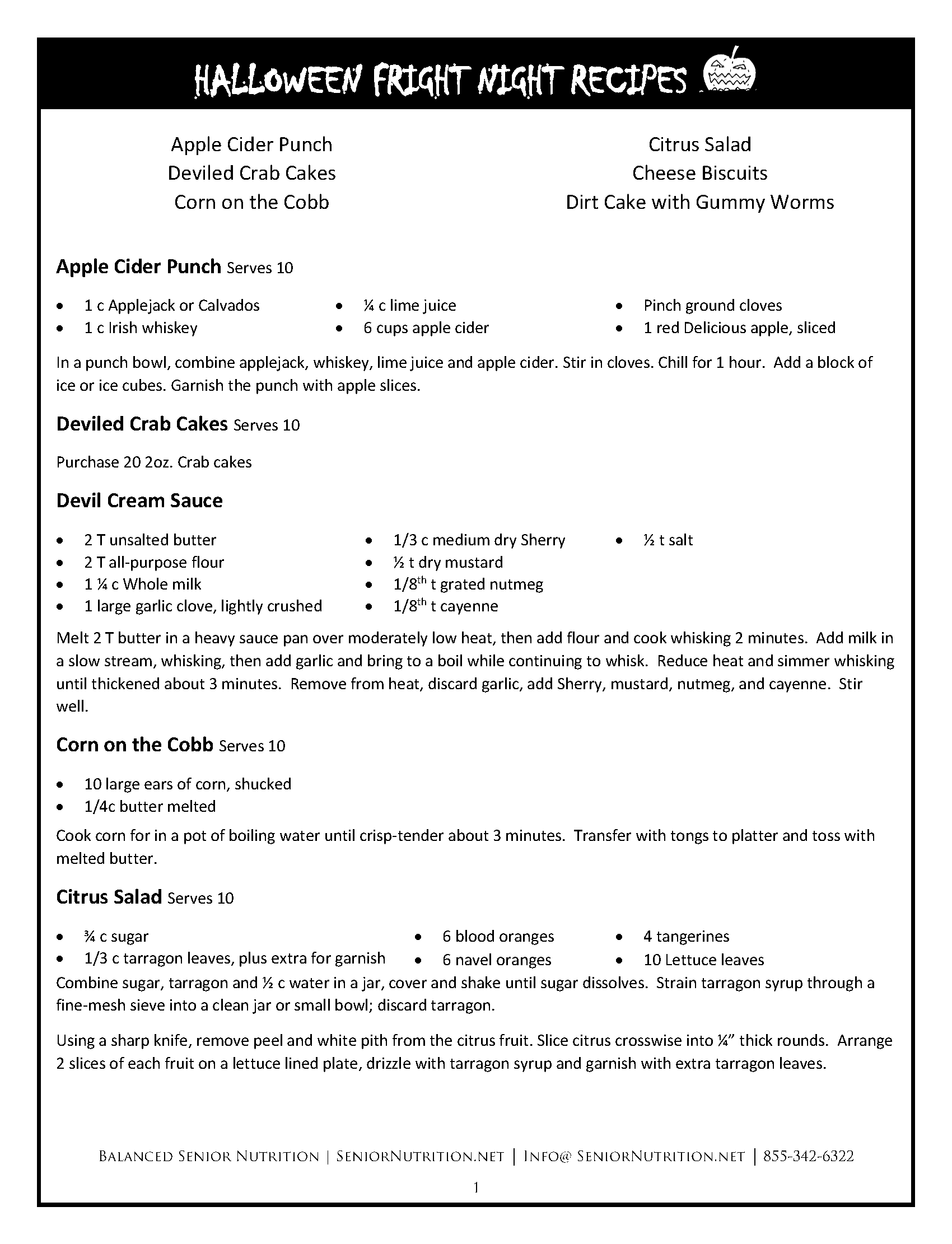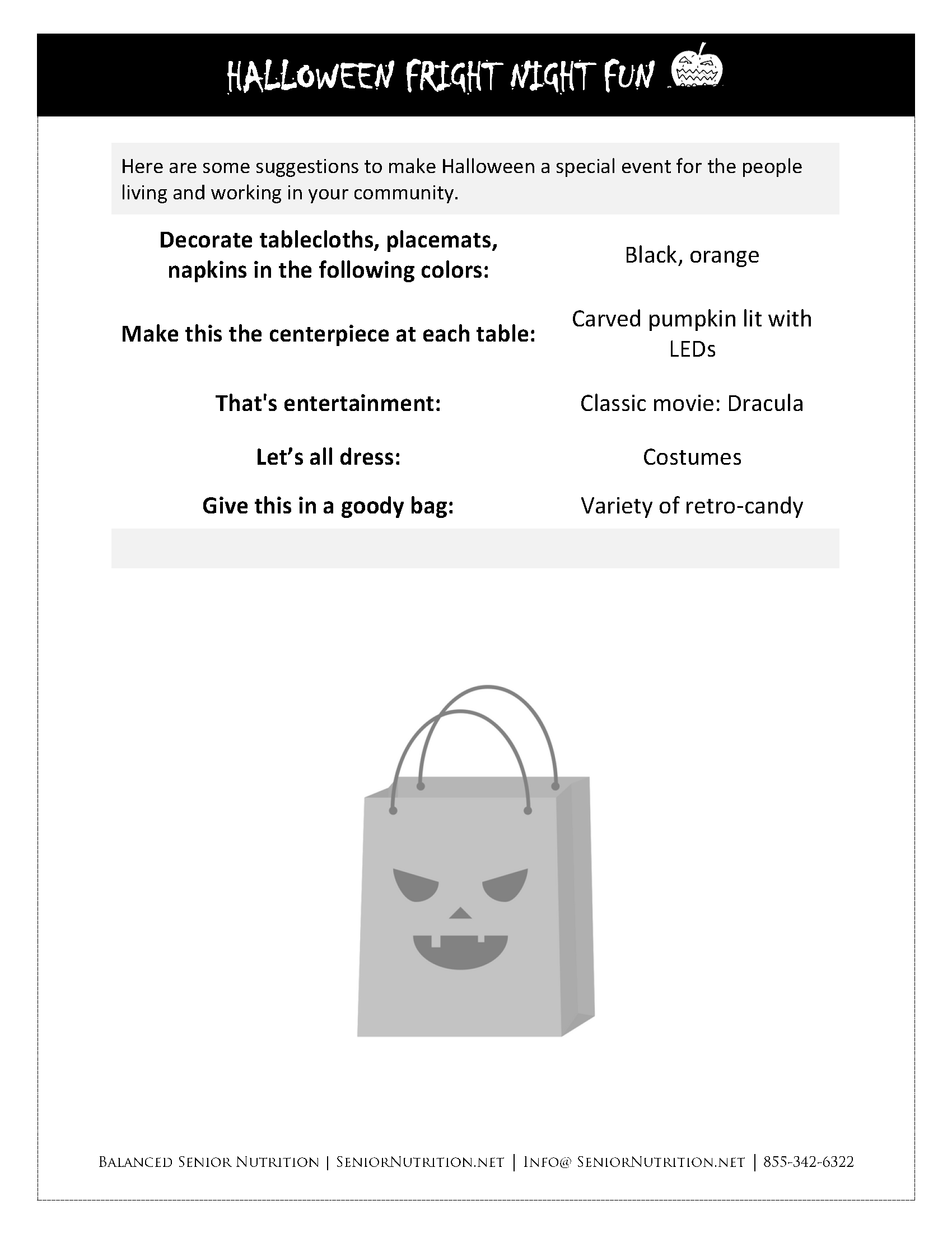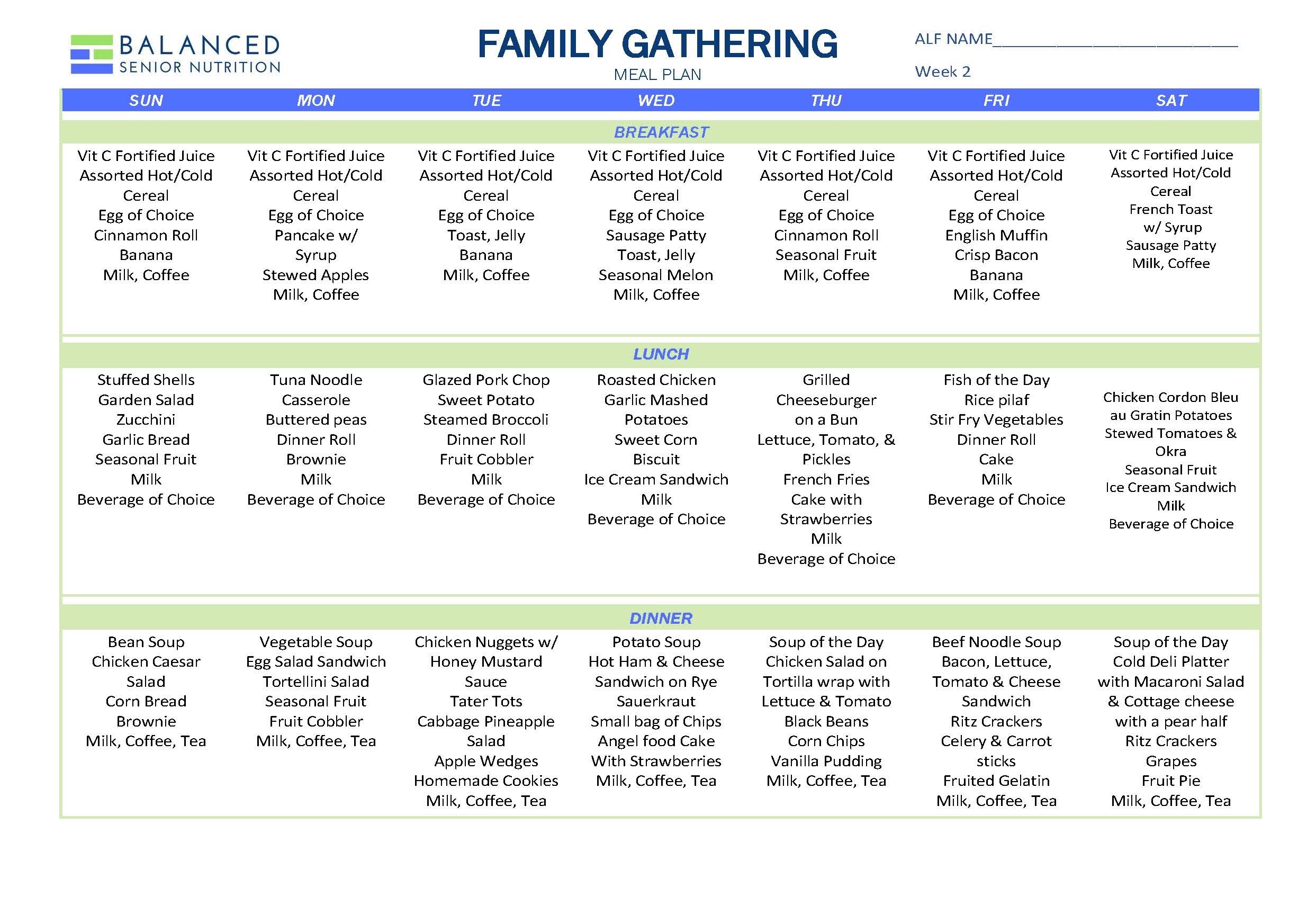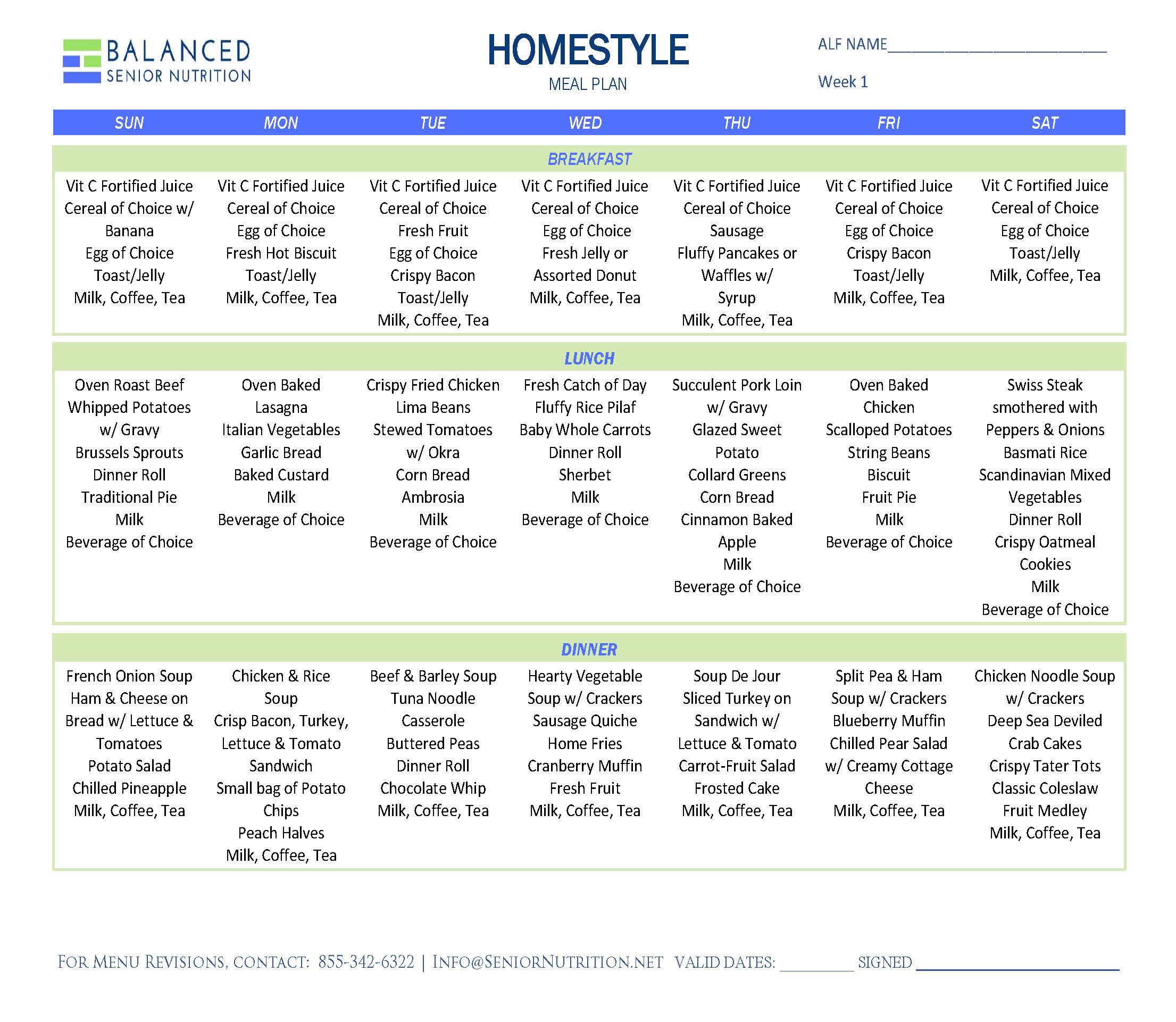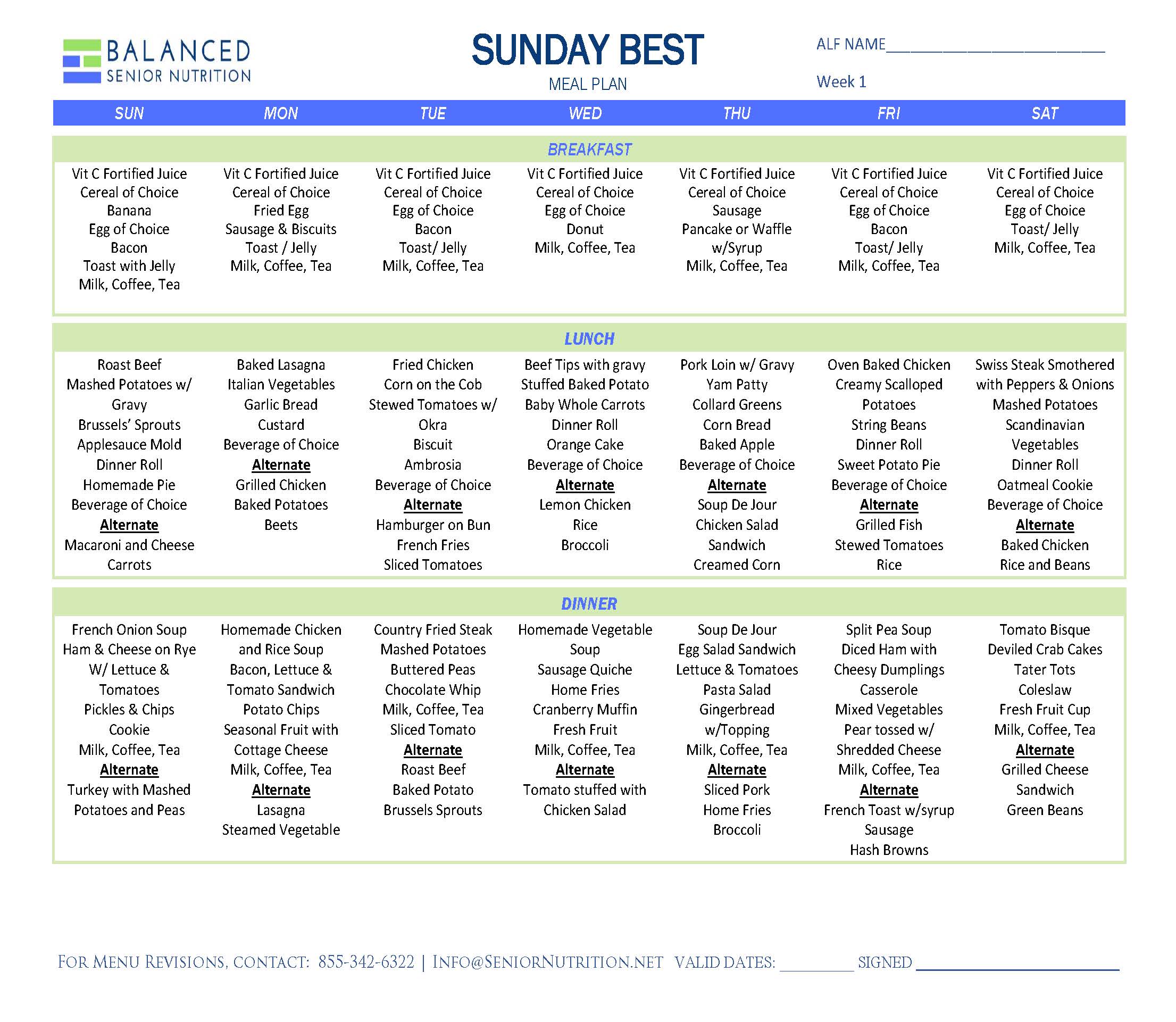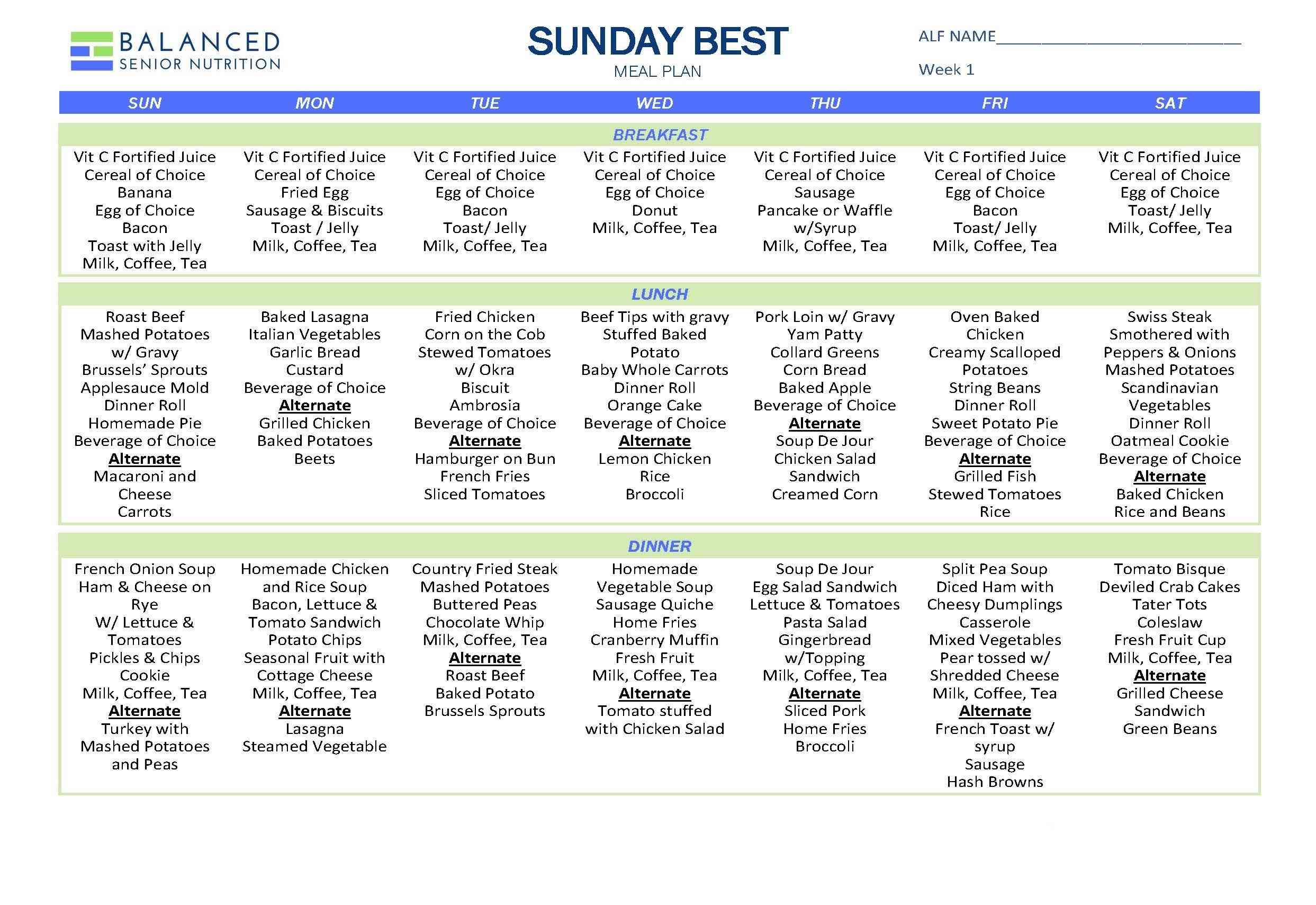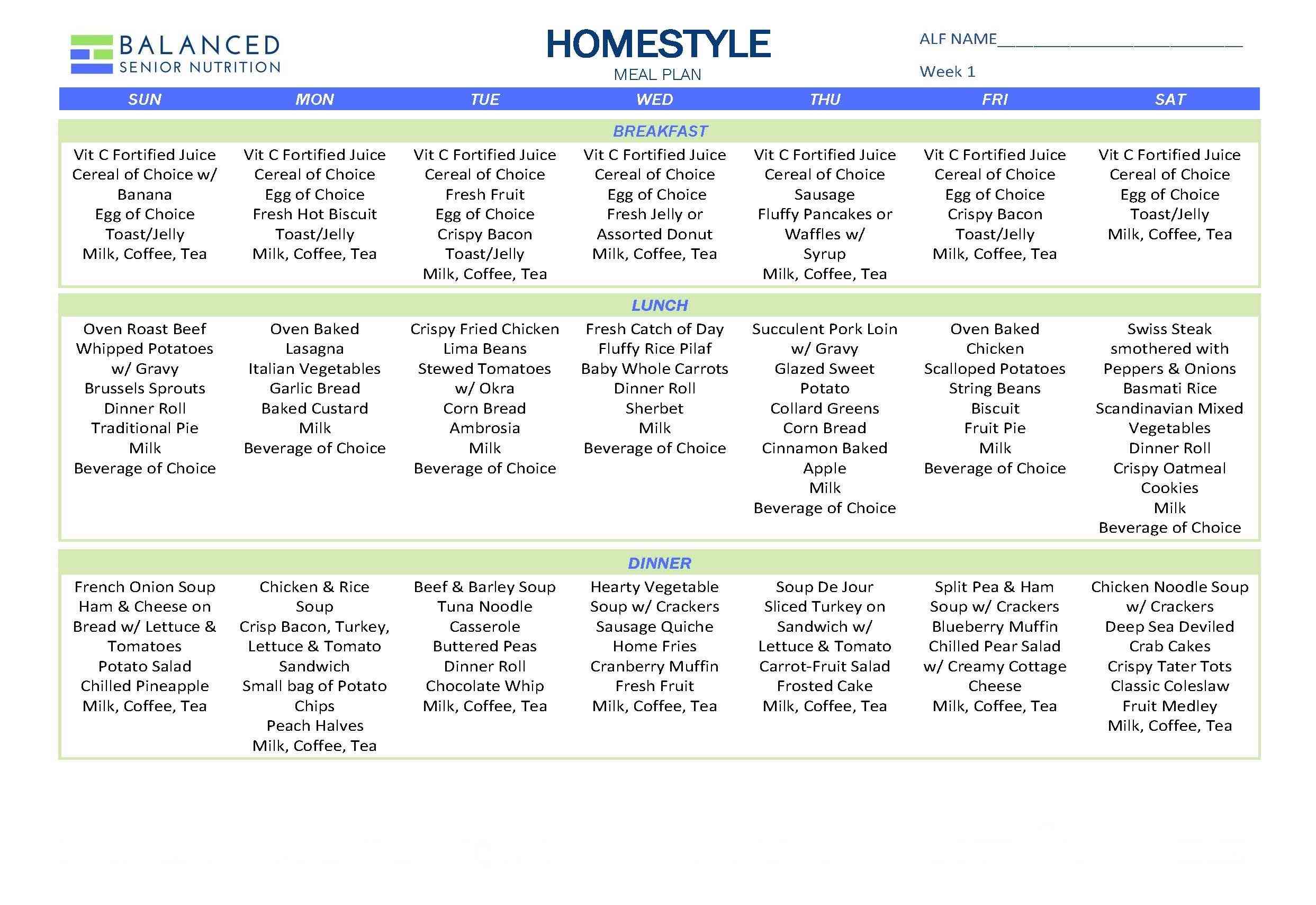
Changing the dining services in your community is not an easy thing to do. Administrators struggle with getting employees to ‘buy-in’ to new practices, while employees often feel challenged that it is the administrators or owners who are holding back making a change that would make things better for the community at large.
This is especially evident as more and more nursing homes and assisted living communities attempt to do the right thing by implementing culture change. In this discussion, we’ll focus on the value of relationships in the dining room.
The culture of dining that we strive for in today’s environment involves personalized approaches that promote the enjoyment of the dining experience. When everyone from administrators to kitchen staff get involved, things are better for the people who live and work in the community.
Change has to Create a Win-Win for Everyone
First of all, let’s look at the language of change. From a manager’s perspective, getting employees to “buy-in” to culture change implies that you are “selling” them something and, as with any sales pitch, it stirs up objections such as “we’ve never done it that way” or “we’ve always done it this way” or “it’s never going to work.”
A better choice would be suggesting people that work in the community “invest” in relationships with the people that live in the community. “Investing” in resident-directed care suggests that a person will spend capital now, whether it’s money, sweat equity or emotional capital, to achieve growth, in order to reap dividends later. If owners, administrators and employees would become “investors” in change, they would witness unbelievable personal growth AND bottom line growth as their customer satisfaction goes through the roof.
A study published in Seniors Housing & Care Journal that found that sustained culture change in adopter homes when compared with control-group homes led to an additional three percent occupancy as well as $11.43 per bed per day resident revenue. This means in one adopter home where 140 people live, they could make an additional $584,073 in revenue per year.
While this potential growth in the bottom line may motivate owners and administrators to invest in culture change, it probably won’t motivate the troops to change unless they are lucky enough to get a cut of the profits. For most of us, that leaves personal fulfillment as the dividend we receive for investing in relationships with the people we work with and the people we serve.
But isn’t personal fulfillment why most of us got into continuing care in the first place? For me, it was my grandmother who ignited my passion for creating dining experiences that are more like home for those in continuing care. Using her skills to give a personal touch in the kitchen, Grammy brought people together and made people feel like they belonged, creating memories that would last a lifetime. Thinking about her and why I got into continuing care brought to mind wise words from the poet Maya Angelou:
“I’ve learned that people will forget what you said, people will forget what you did, but people will never forget how you made them feel.”
Wow, such powerful words with so much truth in them, but when you put a different twist on them, you can use them as a powerful motivator for culture change.
“It’s not what you say that a person remembers, although kind words do matter. It’s not what you did for a person that they remember, although kind deeds do make a difference. It’s the way you both feel when you are together, the unique relationship that only you and that person will hold forever.”
Isn’t the warm feeling you get from helping others what keeps you going in this sometimes exasperating business?
For some, working in continuing care is just a paycheck until something better comes along; these are not the people who will create a resident-directed culture. People with passion for people will lead the way. They are the ones that won’t stop pulling until it becomes norm for continuing care communities to personalize the care they provide to people.
One way to begin bringing the troops together around the idea of culture change in food and dining services is by having them acknowledge that there’s room for improvement and that the community can do more to offer residents a memorable dining experience.
To begin the process, we’ve developed a QAPI-based Dining Assessment form that measures the degree to which resident directed dining services are provided. We recommend that you download the form, which is contained in our soon-to-be-released manual, The Inside Scoop on Informed Choice. Let your management and staff use the form to draw their own conclusions and then come together to craft a new approach using the QAPI model.
Get the Dining Preference Form
Since my business revolves around improving the dining experience in communities, my staff and I spent over a year creating this step-by-step manual that makes it easier to individualize diets through customized dining care plans – a cornerstone of culture change.
To start your new year, why not use our Dining Assessment form, to get a jumpstart on self-directed dining in your community. But hurry. Across the country people with passion for people have begun to run the race!
Have a Happy and Blessed New Year!

